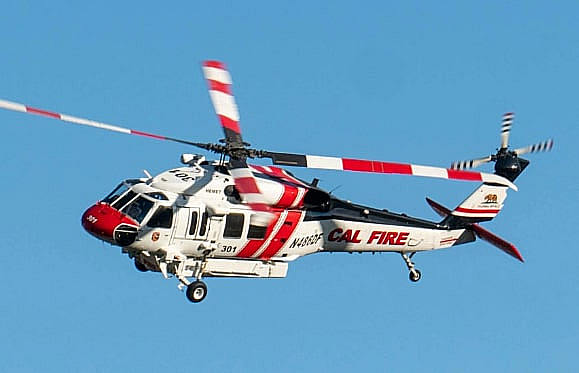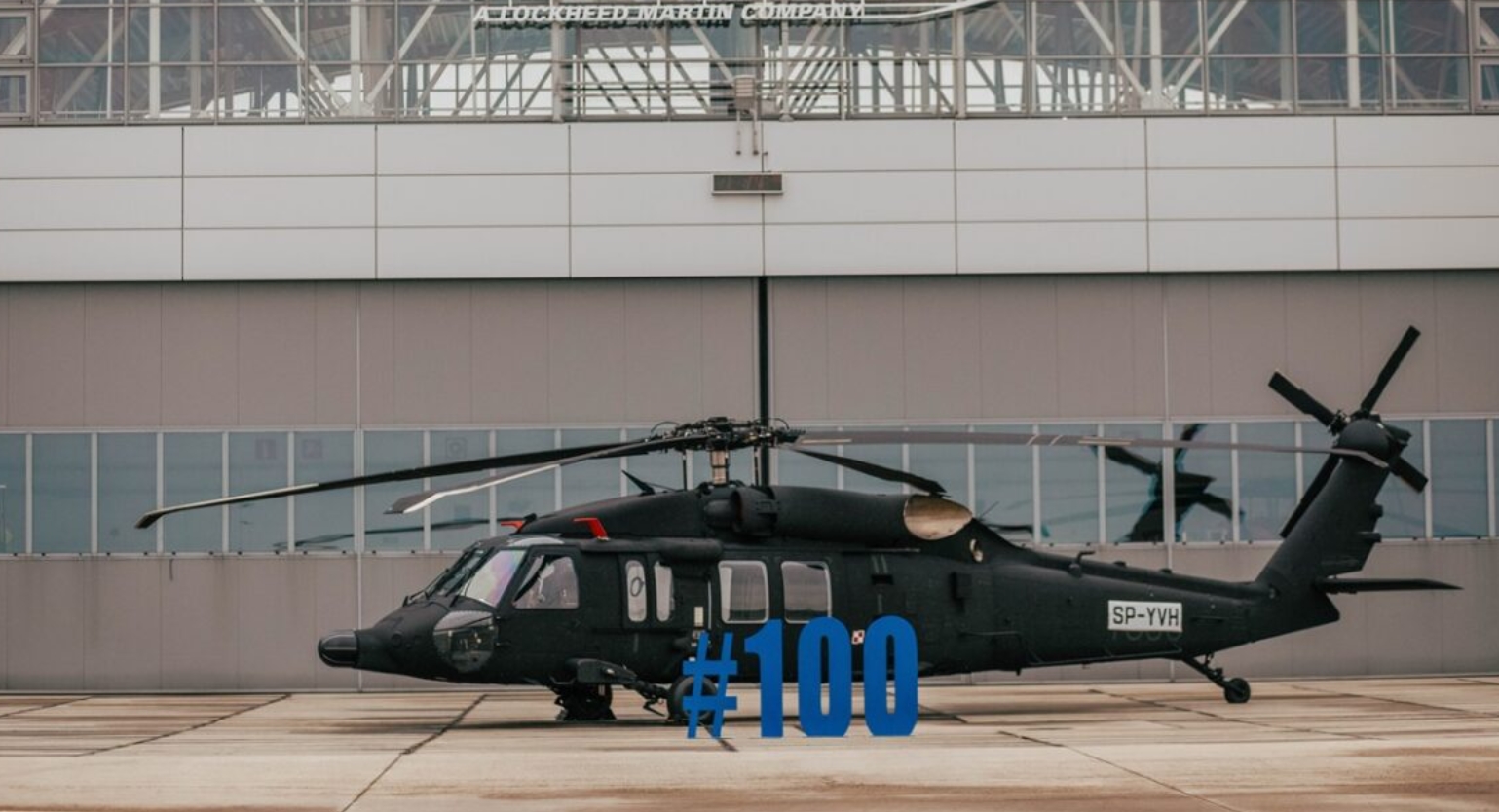How the Sikorsky S 70 Attracts Attention in the Helicopter Industry
How the Sikorsky S 70 Attracts Attention in the Helicopter Industry
Blog Article
Modernized Vertical Lift System With Advanced Composite Frameworks and Boosted Safety And Security Steps
In the realm of upright lift systems, a significant shift towards modernization has actually been observed, driven by the assimilation of innovative composite frameworks and heightened precaution. These enhancements represent a critical development in the layout and capability of lift systems, promising enhanced efficiency and dependability across numerous sectors (sikorsky s 70). As industries pursue greater functional accuracy and safety standards, the use of composite materials and advanced safety functions has actually ended up being critical. In discovering the convergence of modern technology and safety and security in modern-day lift platforms, a compelling narrative emerges, showcasing the capacity for transformative innovations that deal with the ever-evolving needs of industrial markets.
Development of Upright Lift Systems

The development of upright lift systems can be mapped back to standard sheave systems and very early lift designs. With time, advancements such as hydraulic systems, electrical motors, and advanced control devices have actually greatly improved the effectiveness and safety of these platforms. Producers have also focused on enhancing the stability, reach, and load-bearing abilities of vertical lift systems to fulfill the varied needs of different industries.
Furthermore, the combination of wise modern technologies like sensing units, IoT connection, and automation features has further transformed the abilities of contemporary vertical lift platforms. These technological enhancements not just improve operational efficiency yet additionally guarantee enhanced safety and security requirements for workers using these platforms at different elevations. The continuous development of vertical lift platforms highlights their vital role in enhancing upright mobility across markets.
Combination of Advanced Compound Frameworks

In addition, the usage of advanced composite materials enables for even more complex and enhanced structural styles, enabling engineers to customize the system's homes to fulfill particular efficiency needs. In general, the consolidation of sophisticated composite structures in contemporary upright lift systems represents a substantial innovation in aerospace modern technology, leading to more efficient, reputable, and safer aerial transport systems.
Boosted Precaution Execution
Carrying out enhanced safety steps is important in making certain the anchor ideal performance and dependability of modern upright lift platforms. One vital element of enhanced security actions is the assimilation of sophisticated sensor technologies to check different parameters in real-time.

Market Applications and Advantages
With advancements in modern technology and engineering, updated upright lift platforms have located diverse applications throughout various industries, offering considerable advantages in efficiency and productivity. In the production sector, these platforms simplify the process of moving heavy products and equipment within facilities, lowering manual handling and enhancing functional efficiency. The building and construction industry take advantage of vertical lift systems by making it possible for employees to gain access to raised locations securely and successfully, improving overall task timelines. Warehousing and logistics firms utilize these platforms to enhance storage area use and facilitate quicker selecting and packing procedures.
Moreover, upright lift systems play an essential function in the maintenance and repair work of infrastructure such as bridges, power lines, and structures, permitting technicians to get to hard to reach locations with simplicity (sikorsky s 70). The air travel industry additionally leverages these systems for airplane maintenance and setting up jobs, improving workflow efficiency and ensuring employee security at heights. Overall, the prevalent fostering of modernized upright lift systems across sectors highlights their flexibility and the significant renovations they give various procedures
Future Trends in Lift Platform Technology
Incorporating innovative automation and intelligent features, lift system technology is positioned to reinvent vertical transport systems in the near future. One vital pattern is the assimilation of Web of Things (IoT) modern technology, allowing lift systems to communicate real-time information for predictive upkeep, enhancing efficiency, and enhancing safety and security. Synthetic knowledge and artificial intelligence algorithms are also being incorporated to analyze patterns, predict possible issues, and improve effectiveness. Moreover, using innovative materials such as carbon fiber composites gets on the rise, using raised longevity and strength while decreasing total weight. Boosted security actions, including biometric authentication and emergency action systems, are coming to be basic attributes to ensure passenger safety and security. Furthermore, customizable configurations and modular styles are getting appeal, permitting better adaptability to various environments and requirements. As lift platform technology continues to develop, these fads are readied to form read the full info here the future of vertical transportation, making it much more efficient, risk-free, and user-friendly.
Conclusion
To conclude, the modernized upright lift platform showcases the advancement of innovation in the industry. By incorporating advanced composite frameworks and boosted security measures, this system Continue provides raised efficiency and safety and security for various applications. The sector can profit substantially from these improvements, and future patterns in lift system modern technology are most likely to continue surpassing these developments for also greater success and efficiency.
In the world of upright lift systems, a significant shift in the direction of innovation has actually been observed, driven by the integration of innovative composite frameworks and heightened safety and security steps. The constant advancement of vertical lift platforms highlights their indispensable role in boosting upright mobility across markets.

The unification of advanced composite frameworks in modern vertical lift platforms has dramatically enhanced their structural stability and efficiency capabilities. By integrating these advanced composites into the design and building and construction of vertical lift platforms, manufacturers can decrease overall weight, boost load-carrying capability, and boost the system's resilience and durability.
Carrying out improved security procedures is vital in making certain the optimum efficiency and dependability of contemporary vertical lift platforms.
Report this page